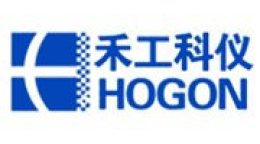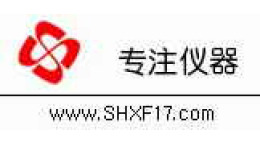方案详情文
智能文字提取功能测试中
Zeta-APS如何测量Zeta电位和粒径分布? How does the Zeta-APS measure particle size distributions? Zeta-APS如何测量粒度分布? The Zeta-APS accurately measures acoustic attenuation (dB/cm) vs. frequency of sound (1 to 100 MHz) of colloidal dispersions. These measurements are commonly referred to as Acoustic Attenuation Spectroscopy. The Zeta-APS also simultaneously measures speed of sound vs. frequency, percent solids, pH, conductivity, and temperature. The attenuation level, as well as, the shape of the acoustic attenuation curve shape is related to the particle size distribution (PSD). PSD’s are calculated from the acoustic attenuation data using software developed and patented by Lucent Technologies. This Lucent Technologies software is based on the Epstein and Carhart (later refined by Allegra and Hawley) theory of acoustic attenuation. Zeta-APS精确测量了胶体分散体的声衰减(dB/cm)与频率(1-100MHz)的关系。这些测量通常被称为声衰减谱。Zeta-APS可以同时测量声速、频率、固体百分比、pH值、电导率和温度。衰减水平以及声衰减曲线形状与颗粒粒径分布(PSD)有关。PSD是由Lucent Technologies开发并获得专利的软件。该软件基于Epstein和Carhart(后来由Allegra和Hawley改进)的声衰减理论。 How does the Zeta-APS measure Zeta Potential (ZP)? Zeta-APS如何测量Zeta电位? The Zeta-APS uses an electroacoustic technique called Electrokinetic Sonic Amplitude (ESA, invented by Matec Applied Sciences) to measure Zeta potential of particles suspended in liquids. The Zeta-APS’ Zeta sensor applies short highfrequency (AC) pulses to the sample located within the electrode region of the Zeta sensor. These pulses last about 30 micro-seconds in the frequency range 0.5-3.5 MHz. The particles “jiggle” back and forth due to their surface electric charge which produces an output sound wave of the same frequency as the applied sound wave-provided there is a particle/solvent density difference of at least 2%. The sample can be mixed and/or pumped during the measurement without interfering with the ESA measurement. Zeta-APS测量Zeta电位的方法被称为电声振幅(ESA)。 Zeta-APS的Zeta电位探头将高频交流脉冲施加到位于传感器电极区域内的样品中,这些脉冲在0.5-3.5 MHz的频率范围内持续约30微秒。由于粒子的表面电荷会产生与所施加声波相同频率的输出声波,因此粒子来回“摆动”,粒子周围的介质对其将有阻力的影响,这种阻力会以声波的形式从粒子表面传播出来,电场内的粒子产生声波的叠加,形成超声波,其振幅就是电声振幅(ESA),通过ESA来计算Zeta电位。需要注意的是颗粒与介质的密度差至少为2%。 测量期间可以搅拌或泵送样品。 How does the Zeta-APS measure particle size distributions?Zeta-APS如何测量粒度分布?The Zeta-APS accurately measures acoustic attenuation (dB/cm) vs. frequency of sound (1 to 100 MHz) of colloidal dispersions. These measurements are commonly referred to as Acoustic Attenuation Spectroscopy. The Zeta-APS also simultaneously measures speed of sound vs. frequency, percent solids, pH, conductivity, and temperature. The attenuation level, as well as, the shape of the acoustic attenuation curve shape is related to the particle size distribution (PSD). PSD’s are calculated from the acoustic attenuation data using software developed and patented by Lucent Technologies. This Lucent Technologies software is based on the Epstein and Carhart (later refined by Allegra and Hawley) theory of acoustic attenuation. Zeta-APS准确测量了胶体分散体的声衰减(dB/cm)与频率(1-100MHz)的关系。这些测量通常被称为声衰减谱。Zeta-APS可以同时测量声速、频率、固体百分比、pH值、电导率和温度。衰减水平以及声衰减曲线形状与颗粒粒径分布(PSD)有关。PSD是由Lucent Technologies开发并获得专利的软件。该软件基于Epstein和Carhart(后来由Allegra和Hawley改进)的声衰减理论。 How does the Zeta-APS measure Zeta Potential (ZP)?Zeta-APS如何测量Zeta电位? The Zeta-APS uses an electroacoustic technique called Electrokinetic Sonic Amplitude (ESA, invented by Matec Applied Sciences) to measure Zeta potential of particles suspended in liquids. The Zeta-APS’ Zeta sensor applies short highfrequency (AC) pulses to the sample located within the electrode region of the Zeta sensor. These pulses last about 30 micro-seconds in the frequency range 0.5-3.5 MHz. The particles “jiggle” back and forth due to their surface electric charge which produces an output sound wave of the same frequency as the applied sound wave-provided there is a particle/solvent density difference of at least 2%. The sample can be mixed and/or pumped during the measurement without interfering with the ESA measurement. Zeta-APS测量Zeta电位的方法被称为电声振幅(ESA)。 Zeta-APS的Zeta电位探头将高频交流脉冲施加到位于传感器电极区域内的样品中,这些脉冲在0.5-3.5 MHz的频率范围内持续约30微秒。由于粒子的表面电荷会产生与所施加声波相同频率的输出声波,因此粒子来回“摆动”,粒子周围的介质对其将有阻力的影响,这种阻力会以声波的形式从粒子表面传播出来,电场内的粒子产生声波的叠加,形成超声波,其振幅就是电声振幅(ESA),通过ESA来计算Zeta电位。需要注意的是颗粒与介质的密度差至少为2%。 测量期间可以搅拌或泵送样品。
关闭-
1/2
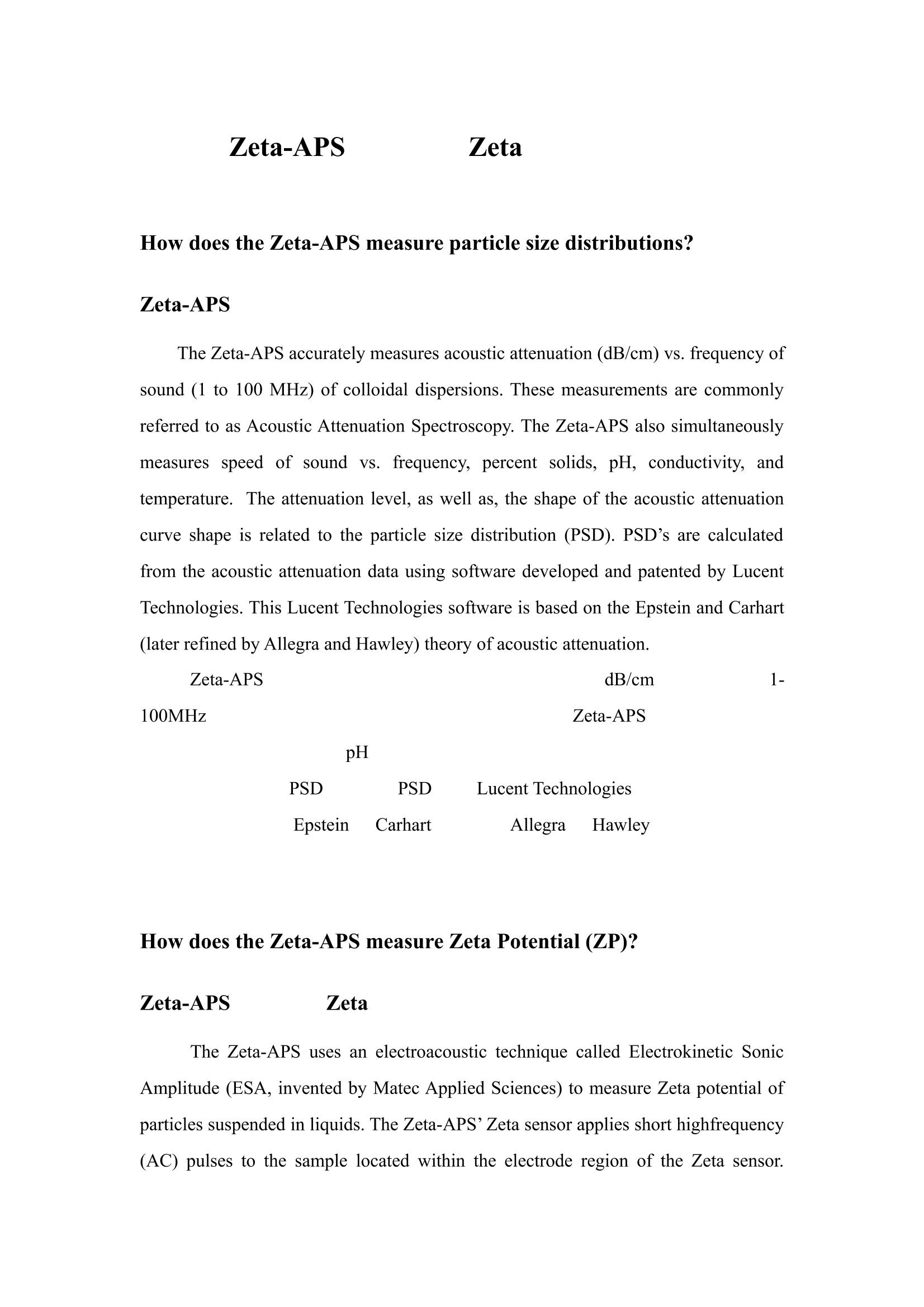
-
2/2
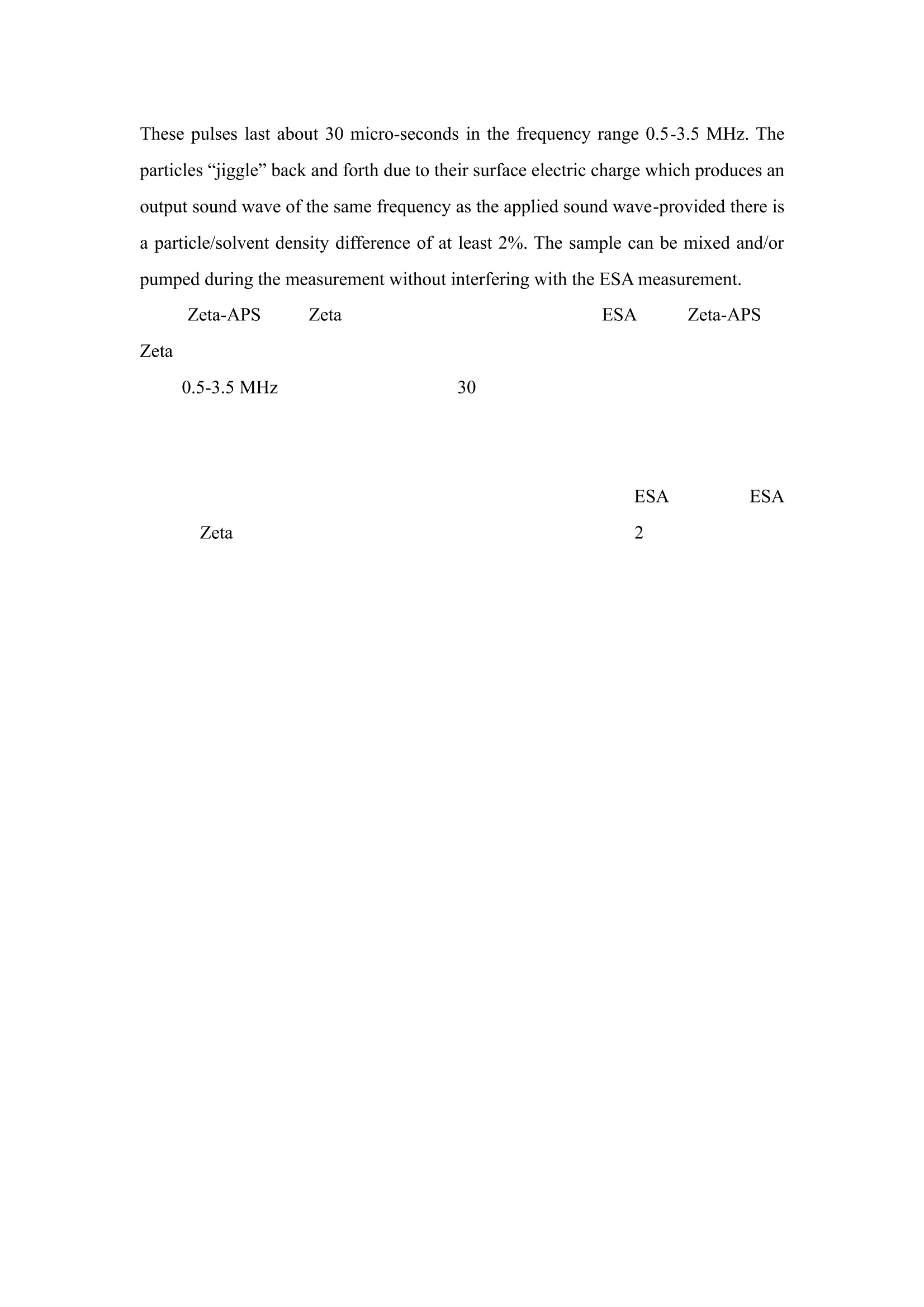
产品配置单
上海胤煌科技有限公司为您提供《化工行业、纳米材料中化工行业、纳米材料检测方案 》,该方案主要用于其他中化工行业、纳米材料检测,参考标准《暂无》,《化工行业、纳米材料中化工行业、纳米材料检测方案 》用到的仪器有ZetaAPS电位分析仪。
我要纠错
相关方案
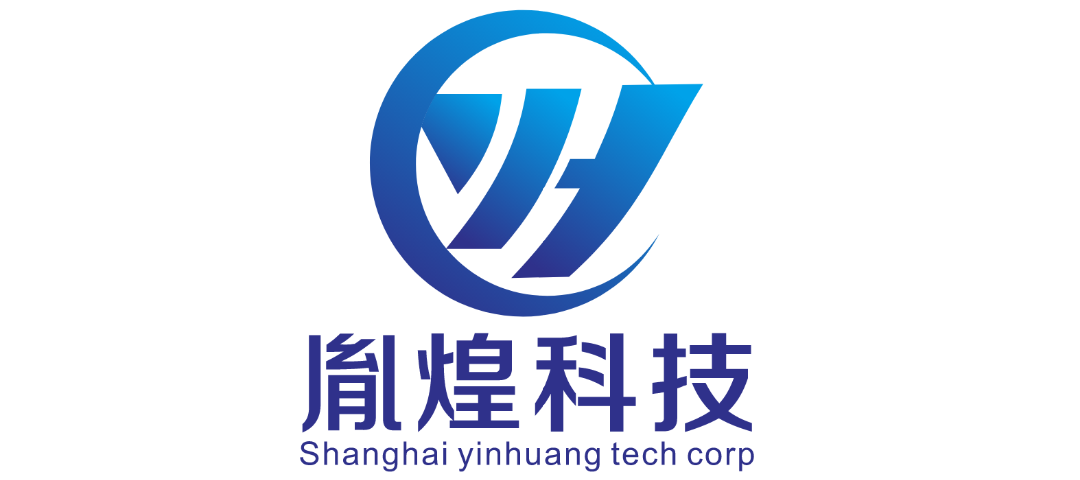

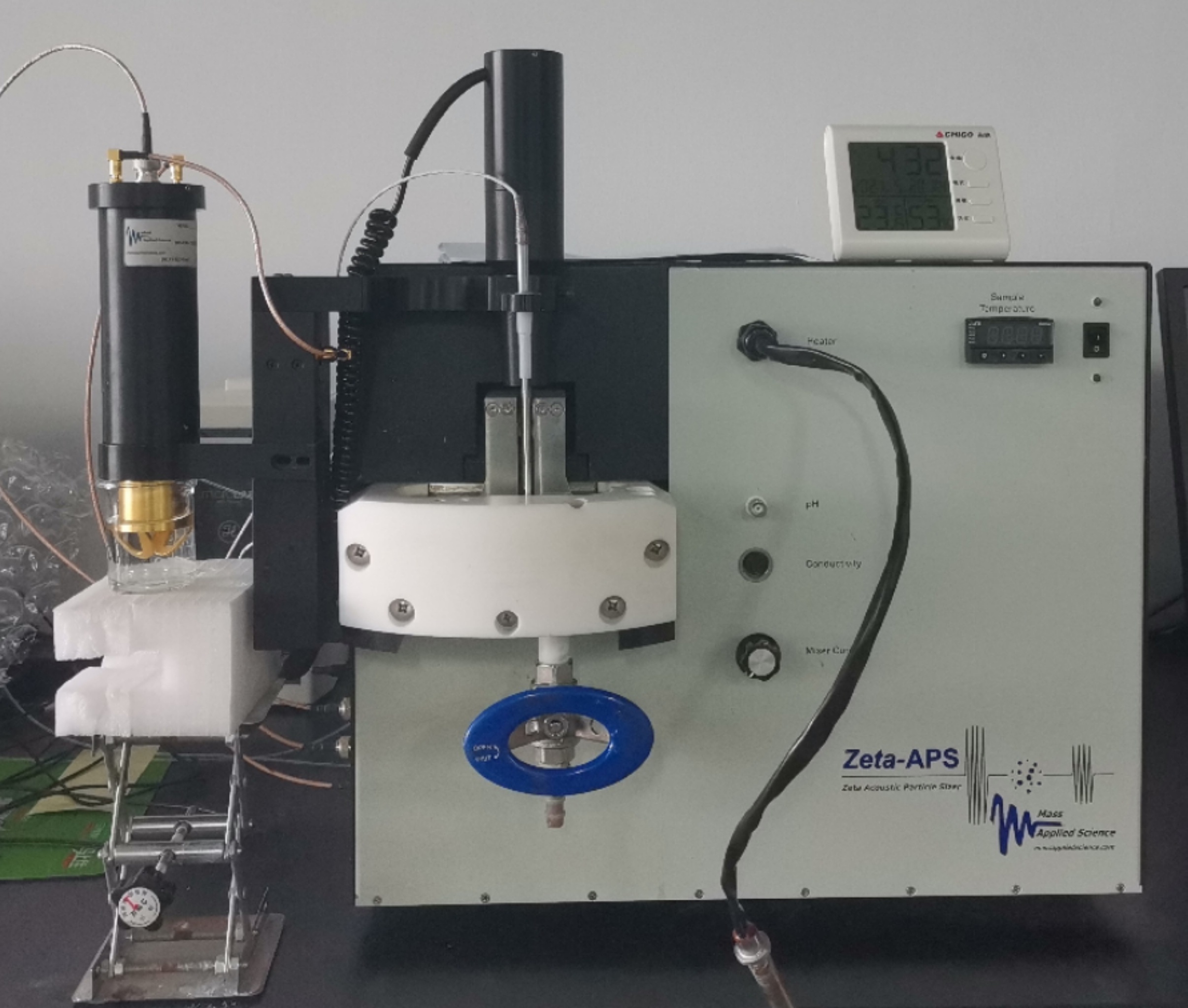



 咨询
咨询